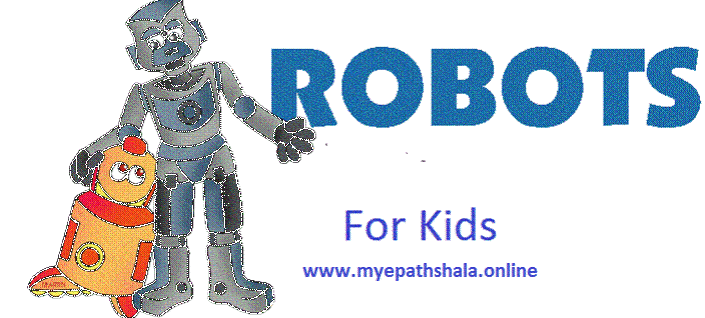 There is considerable anecdotal evidence that students respond well in subjects involving programming of robots.
There is considerable anecdotal evidence that students respond well in subjects involving programming of robots.
Robots lend themselves to do-it-yourself activities. For example, a colleague builds robots using a 3D printer and uses his smart phone as an interactive device to communicate with the printed robot.
Here are five reasons to teach robotics in schools:
Children find it fun
There are several competitions for a range of age groups that can channel competitive instincts in a positive way. For example, asking children to build a robot from a Lego set and then running a race to see which robot goes fastest works well.
In my experience, the two most engaging ways of introducing IT in the curriculum are robotics and computer game design.
2. Effective way of introducing programming to students
Programming can be too abstract. By having to control a physical robot and seeing what goes wrong, students learn what robots can and can’t do. They also learn the need for precise instructions.
Robotics helps address the growing demand for teaching science, technology, engineering and maths in schools. As well as exemplifying technology directly by programming the robot, students also learn about science, engineering and maths and get an understanding of how these subjects link together.
3. Provides skills useful in future employment
There’s no doubt that there will be a need for people to be involved in programming mechanical devices in the foreseeable future. The drone industry has taken off. According to The Economist, more than 15,000 drones are being sold in the US each month.
By programming robots, students can discover if they have aptitude and interest in a job market of the future.
4. Suitable for children with a range of abilities
that robots are particularly suitable for engaging with children on the autism spectrum. Children on the spectrum respond to the calm, clear, consistent interactions that robots can provide.
ASK NAO is a suite of games that have been developed for the NAO robots to teach autistic children. Milo is a robot developed by US startup Robokind to help autistic children. Repetition, predictability and clear emotions work well.
5. Demystifies a complex technology
Many stories in the media concern robots – one of the most recent focused on a report urging the United Nations to ban drones and “killer robots”.
Another report by the Committee for Economic Development of Australia warned that robots could replace 40% of Australian jobs by 2025 – which equates to around 5 million jobs over the next two decades.
Understanding what machines can and can’t do is the best way to address fears.
Experience in trying to build and program robots gives appreciation of their capabilities and strengths. Personally, I am looking forward to more robotic help in the future.
